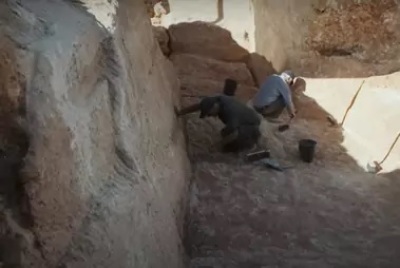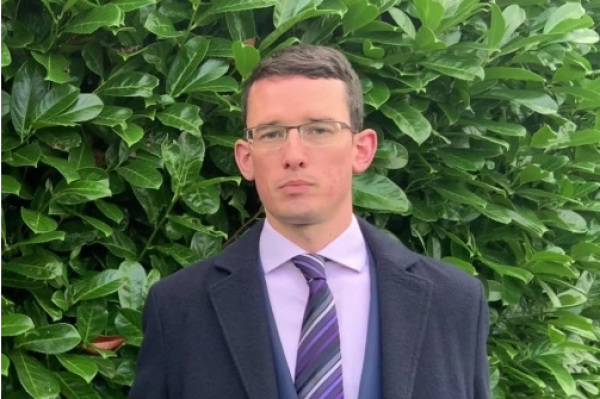Archaeologists uncover quarry stones possibly used to build road walked by Jesus, disciples

Following earlier reports that excavations have uncovered a large limestone stone quarry, it has now been revealed that some slabs were likely taken to build a road used by Jesus and his disciples 2,000 years ago and in building projects commanded by King Herod the Great and his descendants, according to the Israel Antiquities Authority (IAA).
The intriguing find was confirmed in a press release by the IAA excavating in the Har Hotzvim neighborhood of Jerusalem, and reported by the Biblical Archaeology Society (BAS) on Aug. 5. It is believed to be the largest such find from the Second Temple period in the area.
Some of the stones, weighing 2.5 tons each, were used as paving slabs in the Pilgrimage Road under excavation in the City of David — a 2,000-year-old stone road walked upon by Jesus Himself and His disciples, and connecting the Pool of Siloam where Christ healed a blind man to the Jewish Temple, where he prayed.
Measuring the dimensions and “geological signature” confirmed the fact, according to the IAA.
“The impressive sized stones this quarry produced likely attest to their intended use in one of Jerusalem’s many royal construction projects in the late Second Temple period, beginning under King Herod the Great’s reign in 37-4 BCE,” said Cherning and archaeologist Lara Shilov, co-directors of the excavation, in a statement for Times of Israel.
“Historical sources tell us that Herod’s construction projects in Jerusalem included, first and foremost, the expansion of the Temple Mount area and the Temple itself. In addition, during his reign, a series of impressive public buildings — palaces and fortifications — were built throughout the city, requiring a huge supply of high-quality construction stones. Monumental construction projects continued in the city under his successors as well.”
Herod the Great commanded mass building projects during his reign, making the Judaean region prosperous. Archeologists believe the stones from the quarry would have been used in expanding the Jerusalem Temple, the burial monument containing the remains of Herod, known as the Herodium and also the construction of the Caesarea port city.
“The IAA excavations may help answer where the Herodian family obtained the building materials for their Jerusalem-based projects,” said the BAS news update.
About an acre of the quarry has been recovered to date but more of the site is yet to uncover its secrets. The site is earmarked for industrial and commercial development by the Vitania company, which is funding the IAA archeological dig after discovering the site during works, according to Times of Israel.
Archaeologists “uncovered tens of various-sized building stones, as well as quarrying and cutting trenches whose outlines indicate the size of the blocks being quarried,” said the IAA press release.
Apart from the temple, built by Herod the Great, the large stones would have been used in Jerusalem’s Temple Mount. Herod Agrippa I, his grandson, also used the rock materials for Jerusalem’s "Third Wall" and other first-century palaces and buildings.
This article was originally published by Christian Daily International.
Christian Daily International provides biblical, factual and personal news, stories and perspectives from every region, focusing on religious freedom, holistic mission and other issues relevant for the global Church today.






















